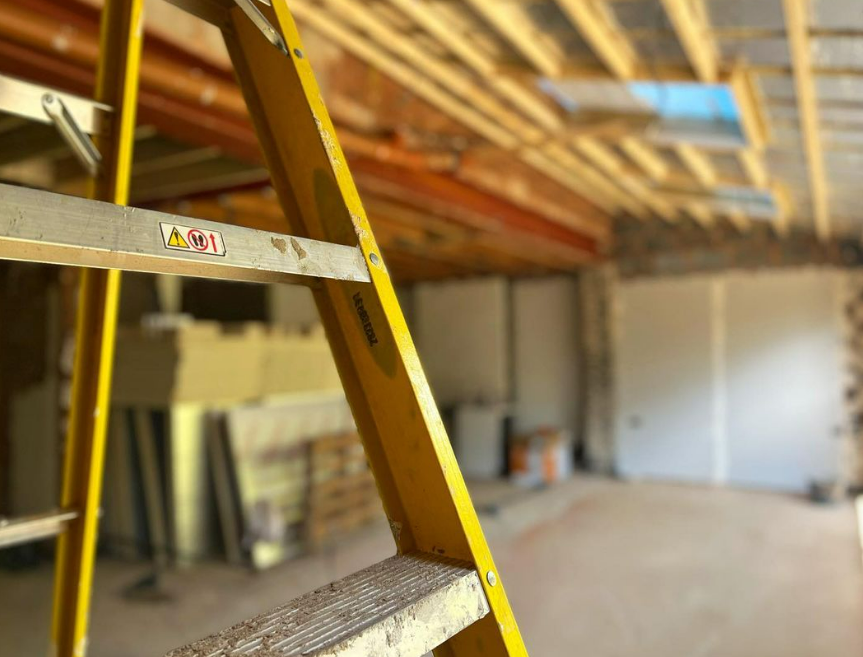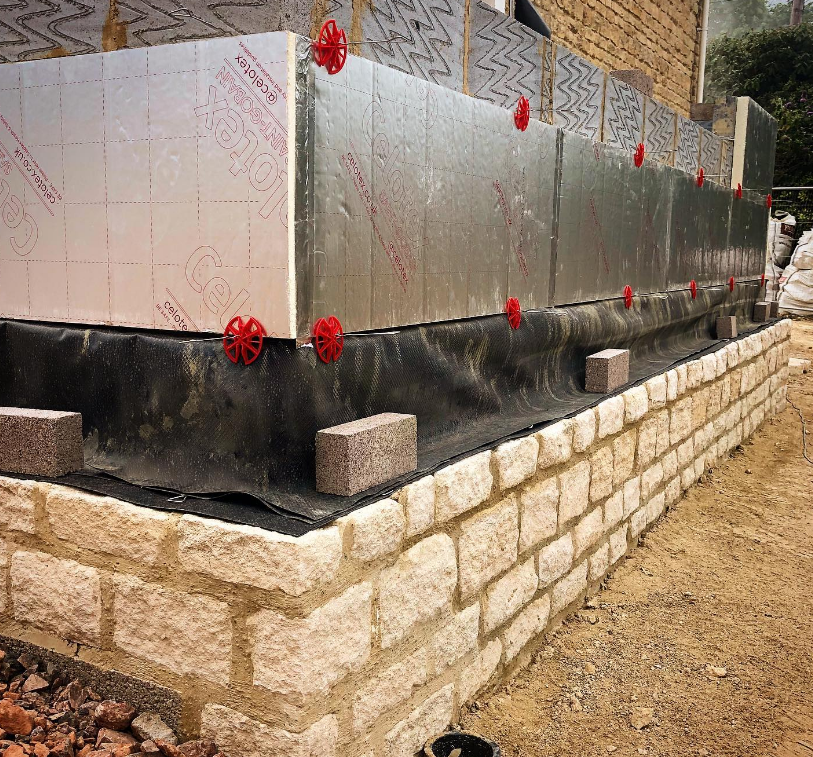Celotex Insulation
What is Celotex?
Celotex insulation is the world's largest manufacturer of multi-purpose insulation boards, which give solutions for cold spots in walls, floors, roofs, cavities, and many other locations. These chilly patches are typically caused by a lack of insulation, which results in moisture and condensation. Celotex insulation comes in handy in this situation.

Is Celotex flammable?
Celotex insulates by trapping air, which makes it very flammable. It has a Class 1 flammability rating (ASTM E84), which implies it will burn quickly and easily in a fire. It is also composed of petroleum, which creates clouds of microplastic pollution when chopped with a handsaw and is hence very flammable.
Is Celotex waterproof?
Celotex is moisture resistant, which means that because it has a closed cell structure, it does not absorb water. As a result, it guarantees that the product's thermal performance and durability can be maintained throughout time.
How to insulate roof rafters with Celotex
Celotex is one of the most popular alternatives for homeowners in the UK when it comes to insulating homes with pitched roofs. We'll look at how to insulate roof rafters with Celotex in this part of the article, with top suggestions and professional guidance included.

Step 1: Prepare the roof
Before you begin installing Celotex on your roof, make sure the area is clean and clear. Remove any dust and dirt that has gathered on or between the rafters with a vacuum cleaner, and you will also need to clean the area surrounding the rafters so that you have easy access to them and enough room to operate. With that in mind, clear any bulky items from the path and ensure you have adequate lighting to work in.
Step 2: Measure up
It's time to measure the complete measurements of the roof rafters now that the rafters are clean and transparent. To do so, take a measurement from the apex (the highest point where the two sloping roof sides meet), all the way down to the horizontal joists. To calculate the total roof area for one side of the roof, multiply that measurement by the width of the roof. You should also measure the rafters' breadth and make a note of the thickness of the Celotex insulation boards you want to use - ideally 100mm or more.
Step 3: Create an air gap
To enable air to flow and prevent condensation, you should leave substantial gap between your Celotex insulation boards and the roof itself, which would be between 25mm and 50mm.
Step 4: Cute Celotex boards to size
Now that you’ve got your measurements at hand, cut your boards to fit the exact spacing between the rafters. Celotex insulating boards, thankfully, are lightweight and easy to cut to size.
Step 5: Install stop battens
Battens are required to secure the Celotex insulating boards in place. The insulation boards should be butted squarely against these battens to keep them in place.
Always remember that if you’re not confident in carrying out your roof insulation work yourself, you can always hire a professional insulation installer to fit Celotex for you.

@houston_construction_cotswolds
Does Celotex need a vapour barrier?
Celotex does need a vapour barrier, as a vapour barrier will help to prevent moisture and air from seeping through the wallboard and into the insulation.
We hope this article has helped you in understanding more about Saint Gobain’s Celotex! If you have any further questions about insulation or need further information about the insulation products we sell at Howarth, please visit your local friendly Howarth branch, or contact our customer services on the number 01472 907051.
Recent Posts
-
Build a Garden Structure
Building your own garden structure is easier than you may think and so rewarding. Deciding w
-
Forest Garden’s top tips for bringing style to small outdoor spaces
Spring is finally here, and homeowners are keen to transform even the smallest of outside areas


